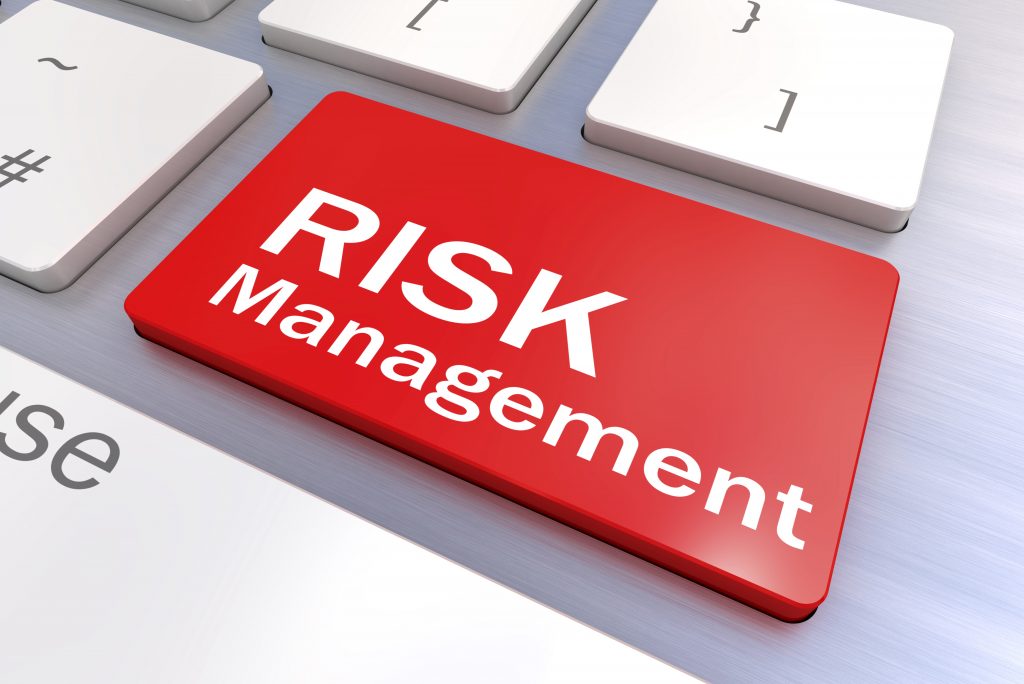Fastly, one of the most powerful CDN services in the globe suffered almost a 2 hour downtime yesterday (June 7th 2020). This demonstrates that even if we have the latest and greatest infrastructure in the world, we still require from risk planning.

Risk management is sometimes overlooked in IT departments. The fact that we invested in the latest equipment with customer support and overnight replacement makes some people feel good about their infrastructure and forget that issues arise in the least expected times.
Risk management is an area that is mostly critical in Project Management and sometimes overseen in IT. The truth is that as was demonstrated by the fall of Fastly yesterday that affected some of the most critical and influential websites on Internet like Reddit, Financial Times, New York Times, Amazon, or the UK Government.
This seemed to be caused due an issue in the configuration of Fastly CDN(Content Delivery Network). It does not only show how important risk management is, but also how the cloud paradigm has changed the infrastructure of the internet.
There are no more centralized services, everything is moving towards a virtual and distributed model that should help mitigate some of this issues.

Therefore we really should not forget this critical area of Risk management which even if occasionally. Will make a huge difference.
Risk management tough has lots of different areas so what should we do? When? How do I get started?
We hope you liked our insight into the importance of risk management, if you like to know more about the risk register you can refer to:
Project Risk Registers by Indeed
If you want to get a free Risk register template you can download from here:
Sources:
https://news.yahoo.com/fastly-down-company-centre-global-113808741.html
https://www.lavanguardia.com/tecnologia/20210608/7513423/caida-fastly-internet.html?facet
https://abcnews.go.com/Technology/wireStory/swaths-internet-outage-cloud-company-fastly-78146099
https://www.macrumors.com/2021/06/08/fastly-cdn-server-issue-web-outage/
Fastly CDN is down, causing websites to be unavailable globally. from sysadmin